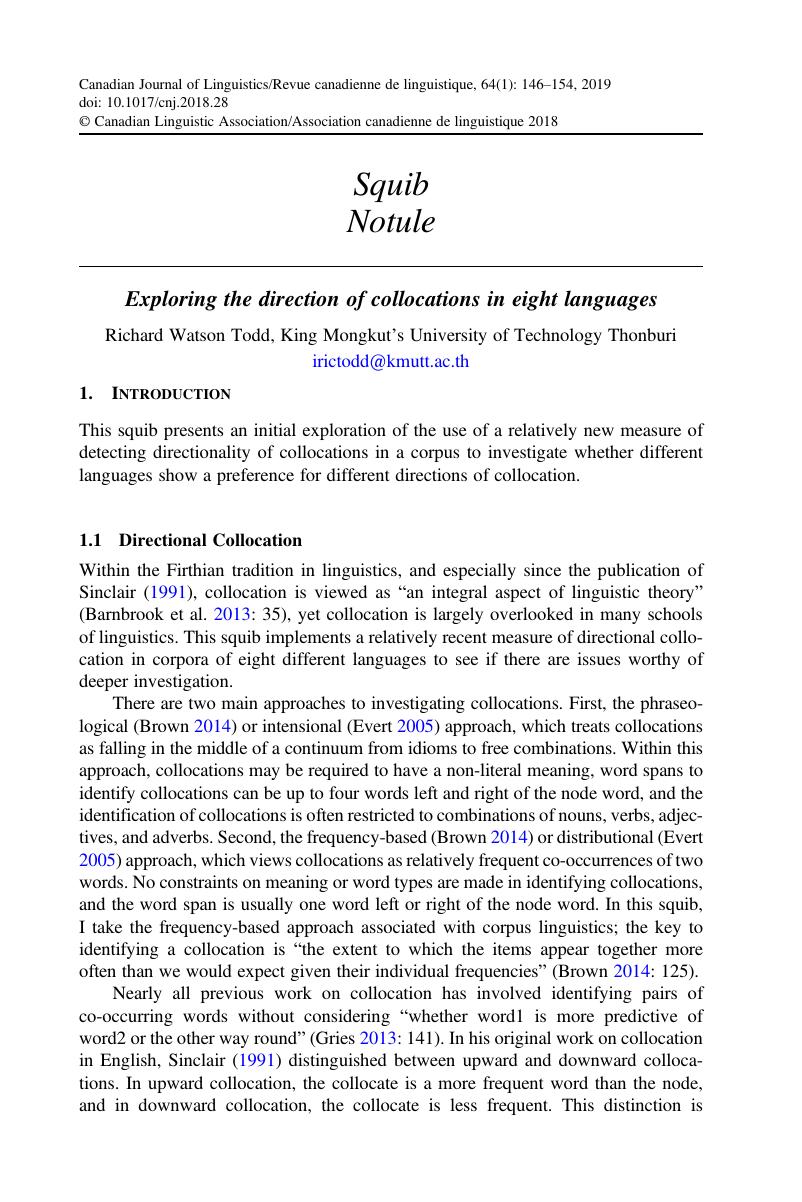Crossref Citations
This article has been cited by the following publications. This list is generated based on data provided by Crossref.
Zhang, Xiaopeng
and
Li, Wenwen
2021.
Effects of n-grams on the rated L2 writing quality of expository essays: A conceptual replication and extension.
System,
Vol. 97,
Issue. ,
p.
102437.
Cao, Dung
and
Badger, Richard
2023.
Cross-linguistic influence on the use of L2 collocations: the case of Vietnamese learners.
Applied Linguistics Review,
Vol. 14,
Issue. 3,
p.
421.



